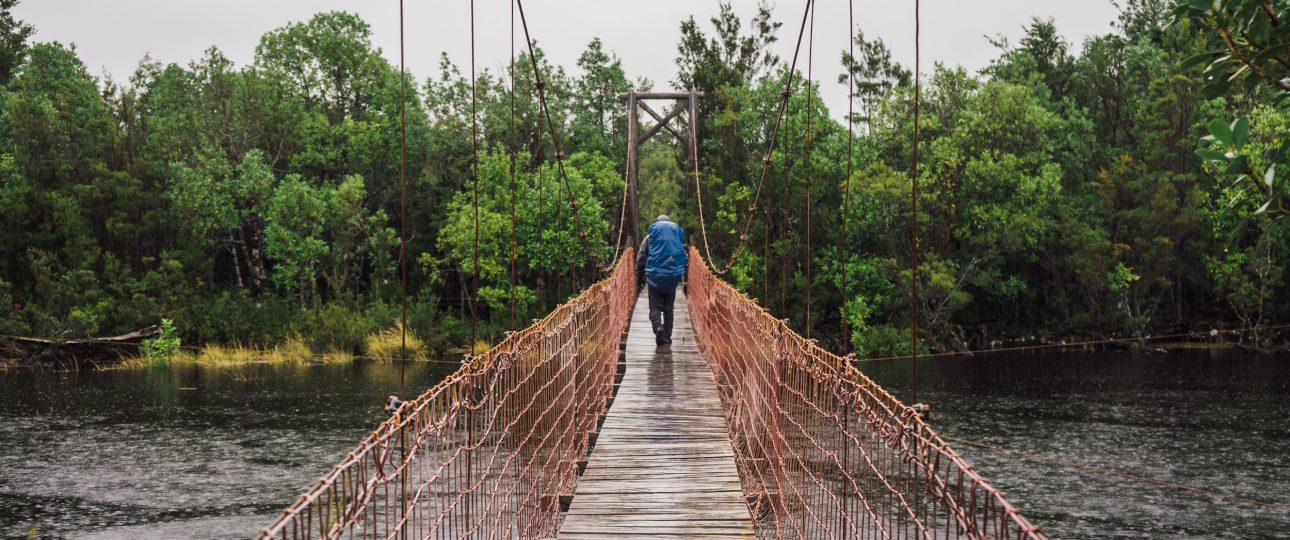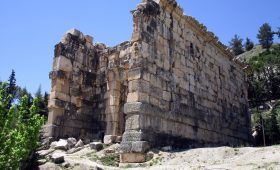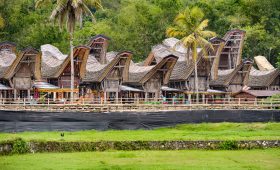Exploring Chiloé National Park
Chiloé National Park, located on Chiloé Island in Chile, offers a diverse landscape that includes Valdivian temperate rainforests, swamps, peat bogs, and coastal dunes. Spanning 430.57 km², the park is divided into two main sectors: Chepu and Anay. The park’s unique ecosystems and cultural richness make it a fascinating destination for travelers seeking both natural beauty and cultural insights.
Flora and Fauna
The park’s Valdivian rainforest is home to a variety of plant species, including the evergreen southern beech and the ancient alerce tree. The dense forest is interspersed with swamps and peat bogs, providing a habitat for a range of wildlife. Birdwatchers can spot the Magellanic woodpecker and Chucao tapaculo, while the elusive pudú, the world’s smallest deer, may be seen darting through the underbrush. The surrounding waters are notable for sightings of pygmy blue whales and other whale species, making the region a significant area for marine life observation.
Cultural Heritage
Chiloé Island is renowned for its distinctive cultural heritage, reflected in its architecture and local traditions. The island’s colorful wooden churches and traditional palafitos (stilt houses) are iconic. Visitors can explore charming villages and engage with locals who are proud of their unique customs and folklore. The park itself offers a glimpse into the island’s cultural landscape, with opportunities to learn about the indigenous communities that have historically inhabited the area.
When to Visit
The climate in Chiloé National Park is wet and temperate, with rainfall distributed throughout the year. Summer months from December to February offer mild weather and longer days, ideal for hiking and outdoor activities. However, the park’s beauty can be appreciated year-round, with each season providing a different perspective. Spring and autumn offer fewer crowds and a more tranquil experience.
Getting There
Chiloé National Park is accessible from Castro, the capital of Chiloé Province. Buses run several times a day from Castro to the park. Alternatively, you can take a boat from Chepu to the start of a trail on the other side of the river. The journey offers stunning views of the island’s landscapes. For those seeking convenience, guided tours from Castro provide transportation and insights into the park’s natural and cultural significance.
Exploring the Park
Once at the park, exploring on foot is the best way to experience its diverse environments. The park offers a network of trails catering to various skill levels. The Cole Cole Trek is a popular route, though it lacks marked trails and resembles a stretch of coastline more than a traditional park path. Visitors should be prepared for unmarked routes and bring necessary supplies. For a different perspective, consider renting a horse or hiring a local guide to enhance your exploration with valuable insights.
Practical Tips
- Wear comfortable hiking shoes and carry a map.
- Pack enough water and snacks for your journey.
- Be prepared for wet weather and bring appropriate gear.
- Respect local wildlife and cultural sites.




